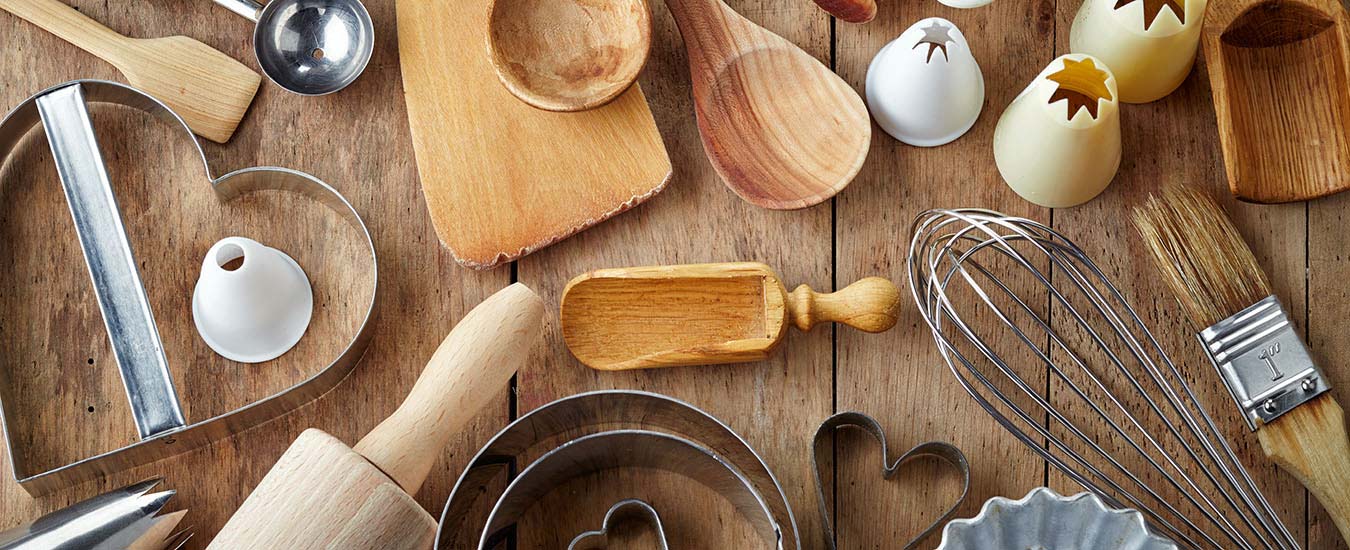One might wonder during this, the bicentennial year of Joseph Howe's birth, what the great orator, politician and charismatic champion of the people of Nova Scotia-the man who pioneered a free press for all of Canada-would have eaten for Christmas dinner. These were the glory, decorous days of Queen Victoria and Charles Dickens, and although it is difficult to imagine the exuberant Joe Howe as a master of genteel table manners, we can suspect that his wife, Susan Ann, might have followed the traditions that even then were well established "in the colonies."
The celebrated Charles Dickens, author of the classic A Christmas Carol, is more closely associated with what has come to be a traditional holiday meal. But I'm sure when Dickens visited Halifax in 1842 and was interviewed by a young and enthusiastic Joe Howe, they didn't talk about food.
In my reflections on Christmases past, I discarded the idea of doing an entirely modern menu for this holiday season. But it wasn't until I visited the O'Dell House Museum in Annapolis Royal, NS, last year for its annual Victorian Christmas that I decided to share an imaginary table with Joseph Howe, Charles Dickens and, should she deign to come, Queen Victoria herself.
Outside, the weather was frightful as icy December winds blew off the Annapolis River, chilling us through to the bone. But inside, a warm welcome was extended by the volunteers who had decorated the rooms in festive period style, warming our hearts just as the hot mulled cider warmed our spirits.
Margaret Arthur was one of the volunteers who, dressed in period costume, served tea in the newly redecorated 1870s parlour. She had also done much of the decorating, which included hand-tied evergreen garlands and wreaths with holly berries. Sylvia Yeoman also wore authentic period dress from the collection she works hard as a volunteer to maintain, while Lois Jenkins' attire was more in keeping with her work in the kitchen as she demonstrated the art of baking apple turnovers in an antique wood stove.

Although the museum's executive director, Ryan Scranton, wasn't able to verify my claim, I like to think that Joe Howe visited the O'Dell House during one of what was called his Western Rambles. Logic tells me this couldn't be possible, however, because the O'Dell wasn't built as a stagecoach inn until around 1870, when Joe was spending most of his time on what we know as Parliament Hill, in Ottawa. But at least some of his books were there.
So it was that, along with my desire to honour once more the memory of my old hero, Joseph Howe, I decided to linger in a past when oranges from Spain were a seasonal treat and a huge goose could be had for a dollar. Although the following recipes are based on the traditional, they have been updated a bit to whet modern palates.
And, should you wish to offer a toast to Joe Howe on his birthday, December 13, why not do it with the drink that was created and named for him by Mark Boudreau, a once well-known Halifax bartender who, in 1978, published The Land of Rum and Big Fishes. Here's "Howe" to make it: In a rock glass with ice, combine 1/2 ounce of dark rum and 1/2 ounce of Galliano. Fill the glass with orange juice. And there you have a Joseph Howe. Drink and be merry.
Victorian Christmas at The O'Dell House Museum in Annapolis Royal, NS, this year(2004) runs Nov. 26-28 and Dec. 3-5, 7-9 p.m. on Fridays and Saturdays, 1-3 p.m. on Sundays. The dessert party, which includes up to 10 sweets as well as dessert wine, runs Dec. 3, 7-9 p.m., amid the Victorian Christmas millieu. For more information: (902) 532-7754, e-mail This email address is being protected from spambots. You need JavaScript enabled to view it..
Victorian Fruit Cone
In Victorian times, fresh fruit arranged in an elegant cone shape was de rigueur at a celebration-as part of a food course. "Originally, it would have been made on a nail-studded wooden cone," says Margaret Arthur, one of the volunteers who help decorate O'Dell House Museum for their annual Victorian Christmas. Not sticklers for traditional techniques, however, at O'Dell they use "more modern equipment"- Styrofoam or floral foam.
Here's how to make your own Victorian fruit cone:
1. Stick wooden skewers in a Styrofoam or floral foam cone. Impale fruit on the skewers, placing larger pieces at the bottom of the cone. Use oranges, orange pomanders (see Tip), apples, pears, small pineapples or other attractive fruits.
2. Arrange fruit on the cone in whatever pattern you please - "Just make sure that you keep turning the cone around and around so that the spacing of the fruit is even," says Margaret. "You want to make sure it's balanced."
3. Fill in the spaces between the fruit with pieces of boxwood or evergreen boughs.
4. Place the cone on a glass pedestal, or create your own base: cut a circle in heavy cardboard, bigger than the base of the cone. Tuck magnolia leaves or other greens facing outward around the base, to create a finishing fringe.
Tip: For delightful scent and intriguing detail, use oranges studded with cloves-or pomanders-in your fruit cone. Make holes in the orange with a pin or small wooden skewer first; otherwise the cloves may break.
Victorian Christmas Menu
- Mulled Cider
- Oyster Soup
- Roast Goose with Stuffing
- Applesauce
- Browned Potatoes
- Buttered Brussels Sprouts
- Glazed Julienne Root Vegetables
- Mincemeat Pie with Rum Sauce
